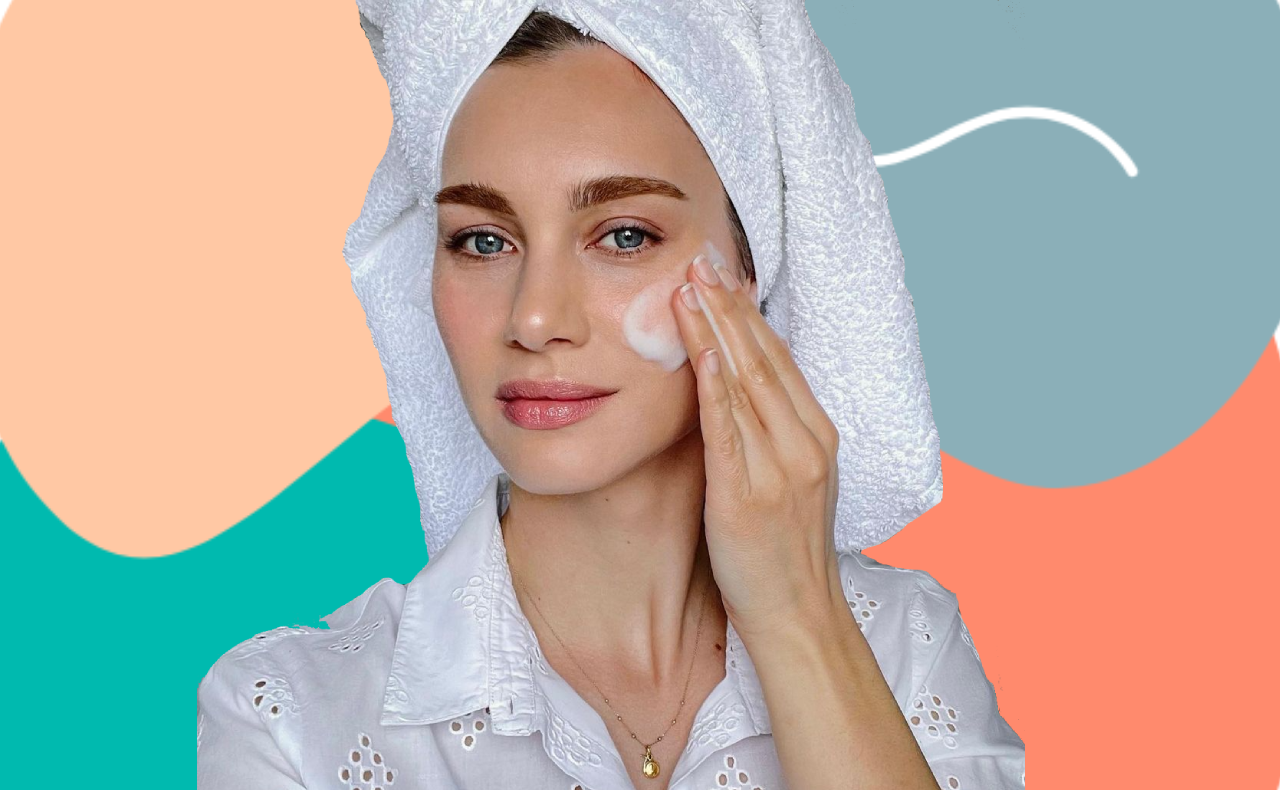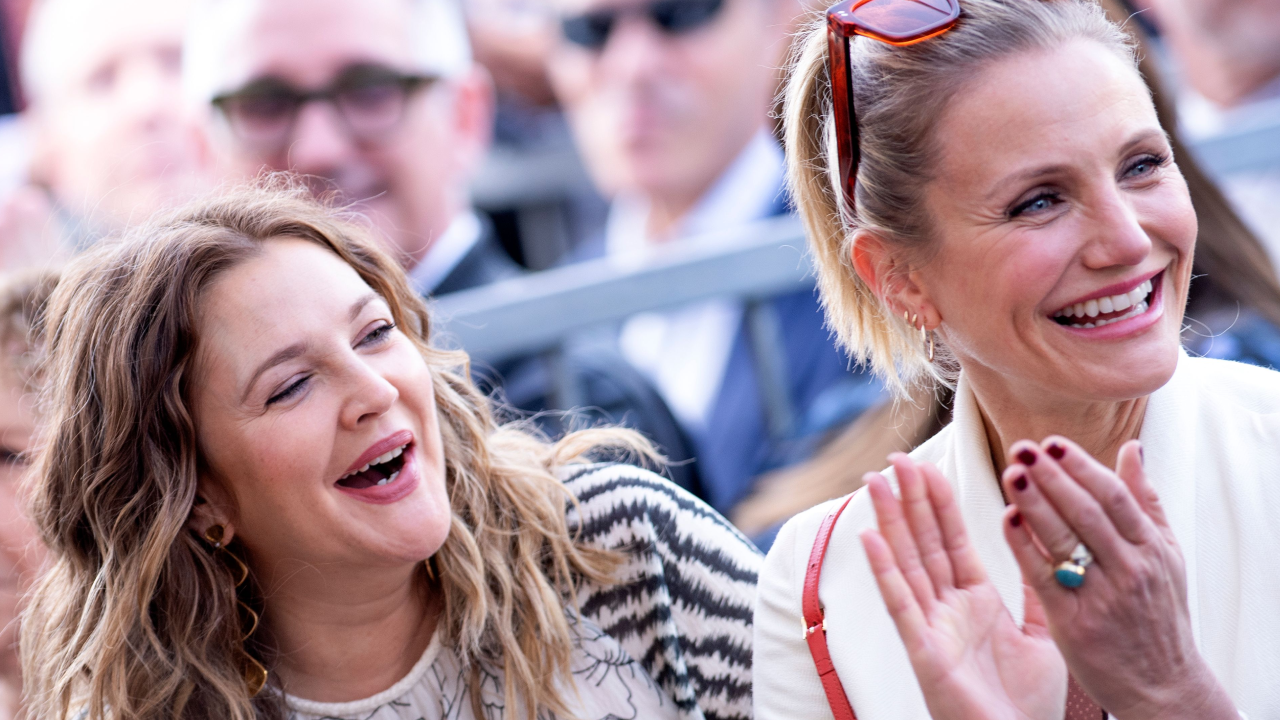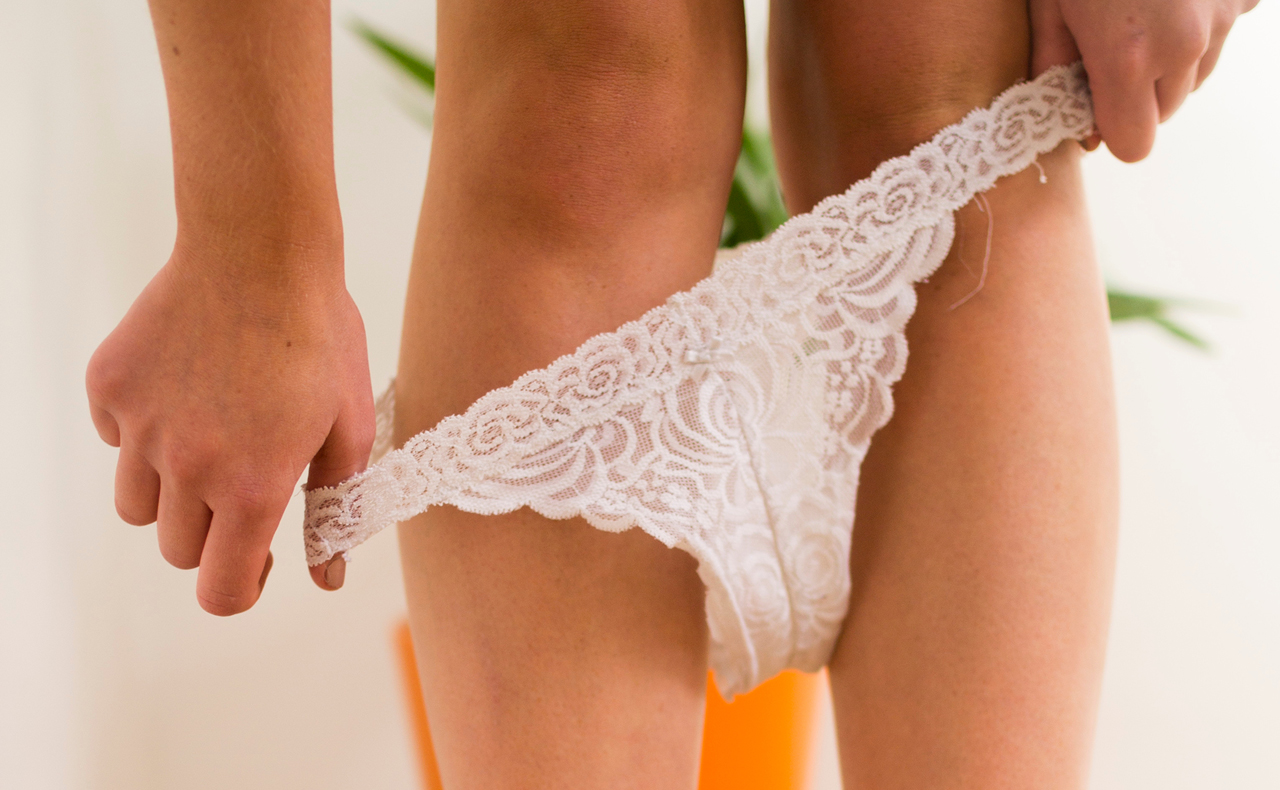Australian authorities intercepted $2 million worth of fake perfumes last year. But in the global counterfeit cosmetics market, that’s just a drop in the ocean. Could your latest beauty bargain literally be too good to be true?
Aaah, the sweet scent of pond water, vodka and toxic chemicals…
Counterfeit cosmetics are cheap imitations churned out by unlicensed factories that are usually sold far below the cost of the genuine article. But the bargain almost always has a cost of its own: most fakes are missing integral ingredients, which are then replaced by some pretty unpalatable, and often unregulated, substitutes.
Fragrances and hair products are the most frequently copied beauty products, but counterfeiters are faking everything from toothpaste to Botox. And, with the reproduction of packaging becoming an artform, it can be almost impossible for a shopper to tell the difference upon first glance (or even first sniff). It’s a case of buyer beware.
Beware indeed. While legitimate products contain registered ingredients and undergo handing and testing procedures, fakes slip under the radar and need not satisfy any tests at all. The risks: shampoos spiked with bacteria, sunburn after the application of bogus sunscreen and perfume stabilised with urine. Still not rattled? You should be. When Indonesian police raided a counterfeit factory last November they discovered fake Dove and Olay moisturisers laced with mercury.
But it’s not just about the unregulated additives. Health risks also lie in what the fakes leave out. As John Bryant, the managing director of TIGI Hair in Australia points out: “If [haircare] doesn’t have [the required] preservatives and you have an abrasion or wound on your scalp, you [could] end up with an infection.”
Cheap knock-offs can end up leaving you out of pocket too. The smell of a fake perfume might be convincing, but it’s fleeting. So fleeting that you’ll need to reapply before you finish your first Manhattan. Though the rash or burn it might leave will likely last much longer.
The even uglier truth
Just as disturbing as the health risks of rip offs, some counterfeit cosmetic operations have been linked to organised crime, illegal labour markets and even terrorist activities. Low manufacturing costs, maximum profit and an insatiable consumer demand for cheap products have propelled counterfeiters into the cash stratosphere – faking it has become a $600 billion annual business on a global scale. Such profits are naturally attractive to criminal groups.
The World Customs Organisation estimates that up to 80 per cent of the profits from counterfeit beauty products are invested in organised crime and terrorism. But busts in Eastern and Northern Europe testify that this is a worldwide problem. In the Czech Republic, one raid revealed 300 illegal Vietnamese immigrants working in deplorable conditions with dangerous equipment and, in Denmark, an intercepted consignment of fake Vaseline, which can be used to craft explosives, was linked to a known member of Al Qaeda. Indeed, Interpol has officially recognised rip offs and related intellectual property (IP) crime as a preferred method of funding criminal organisations.
A beautiful lie vs. getting real
Despite the human abuses and criminal links between buyers and that ‘bargain’ beauty cream, consumer attitudes to counterfeiting seem pretty laid back. In a recent survey of American consumers, 59 per cent of respondents reported having bought fakes, with less than 30 per cent believing buying knockoffs was wrong.
Perhaps it’s because the general community doesn’t draw a link between a seemingly harmless bottle of cheap perfume and crime. Perhaps people just think that genuine beauty products are overpriced. And maybe it’s because it’s tough to tell when we’re not getting the real deal. Counterfeits can be very convincing – at least at first.
So how do you sort the real from the fake?
• Always buy from an established, authorised stockist, be that a department store, pharmacy or official online retailer.
• Scrutinise e-auctions and e-sellers closely. “We encourage people to use a degree of common sense on the Internet,” says Andrew Wardell of Australian Customs. “If it appears to be too good to be true, it probably is.” If unsure, ask the e-seller if their stock comes from an official distributor.
• Check official company and brand websites or call consumer hotlines for lists of official stockists.
• Be aware that “if you buy an item significantly below normal market price, it is probably counterfeit,” warns Wardell, noting also that people buying illegal fakes can face civil litigation or criminal prosecution.






Shame, as there is couple of discount retailers that claim that all their perfumes are genuine…don’t want to risk it even for huge discounts
HArd to know with all this online shopping. So I buy mine directly from the brand (like my recent YSL perfume purchase from their site) web or DJ.
i buy from myer or djs